If your daily cup of tea feels like a warm ritual, you’ll be thrilled to know it can also help keep your blood sugar balanced. Certain herbal teas contain natural compounds that support glucose metabolism, curb sudden spikes, and nurture your health sip by sip. But here’s the catch: loading your tea with sugar can undo those benefits instantly. The good news? You can still enjoy a hint of sweetness without sabotaging your efforts. We’re diving into 7 teas that help regulate blood sugar—and 3 clever, safe ways to sweeten them without guilt or glucose chaos.
1. Cinnamon Tea: Nature’s Blood Sugar Balancer
Brewing a warm mug of cinnamon tea might be one of the tastiest ways to support healthy blood sugar levels. The natural compounds in cinnamon bark, particularly cinnamaldehyde, help improve insulin sensitivity in your body’s cells.
Regular consumption has been linked to lower fasting blood glucose numbers and improved A1C results in some studies. Simply steep a cinnamon stick in hot water for 10-15 minutes or use pre-packaged cinnamon tea bags for convenience.
For maximum benefit, try drinking a cup after meals when blood sugar typically rises. The warming spice also provides a naturally sweet flavor that might reduce your need for additional sweeteners altogether.
2. Fenugreek Tea: Ancient Remedy for Modern Problems
Treasured in traditional medicine for centuries, fenugreek seeds create a tea that packs a powerful punch against blood sugar spikes. These tiny golden-brown seeds contain soluble fiber that slows down carbohydrate digestion and sugar absorption in your digestive tract.
Research suggests regular fenugreek consumption may reduce fasting glucose levels by up to 13% in some people with diabetes. The slightly bitter, maple-like flavor might take some getting used to, but the benefits are worth it.
Try steeping one tablespoon of crushed seeds in hot water for 5-10 minutes. Morning consumption appears particularly effective for all-day blood sugar management.
3. Ginger Tea: Spicy Support for Stable Glucose
The fiery kick of ginger root doesn’t just add flavor – it actively helps your body regulate blood sugar levels. Fresh ginger contains gingerols and other bioactive compounds that enhance glucose uptake by your muscles without requiring insulin, potentially reducing blood sugar levels.
Studies show that consuming ginger regularly may decrease fasting blood sugar and improve long-term blood sugar control as measured by HbA1c tests. The warming sensation makes it perfect for chilly days or soothing an upset stomach.
Slice or grate fresh ginger root and steep in boiling water for 5-10 minutes for maximum potency. Adding a squeeze of lemon enhances both flavor and health benefits.
4. Chamomile Tea: Calming Blood Sugar Support
Beyond its famous relaxation benefits, chamomile tea serves as a surprising ally for blood sugar management. The delicate floral brew contains antioxidants that help lower blood glucose while simultaneously reducing harmful inflammation and oxidative stress throughout the body.
A fascinating study published in the Journal of Endocrinological Investigation found that people with diabetes who drank chamomile tea daily experienced significant improvements in their long-term blood sugar control.
The gentle, apple-like aroma and subtle sweetness make this an ideal evening beverage. Steep organic chamomile flowers or a quality tea bag for 5-7 minutes. The longer steep time releases more beneficial compounds for maximum blood sugar benefits.
5. Hibiscus Tea: Ruby Red Blood Sugar Regulator
The vibrant crimson color of hibiscus tea hints at its powerful health properties. Packed with polyphenols and anthocyanins, this tart beverage actively supports your body’s glucose metabolism and helps maintain steady blood sugar levels throughout the day.
Research from the Journal of Alternative and Complementary Medicine suggests hibiscus may inhibit certain enzymes involved in carbohydrate absorption. The refreshingly tart flavor makes it perfect for iced tea during warmer months.
Steep dried hibiscus flowers for 5-7 minutes, then enjoy hot or chilled. Adding a cinnamon stick during brewing creates a delicious combination that doubles the blood sugar benefits while reducing the need for sweeteners.
6. Green Tea: Catechin Powerhouse for Glucose Control
Green tea stands out as perhaps the most scientifically studied tea for blood sugar management. Its high concentration of catechins – particularly EGCG (epigallocatechin gallate) – helps sensitize cells to insulin and prevents blood sugar spikes after meals.
Japanese researchers discovered that people who drink green tea regularly have lower fasting glucose levels and decreased risk of developing type 2 diabetes. The light, grassy flavor and mild caffeine content make it an excellent morning or midday beverage choice.
For maximum benefits, steep high-quality leaves for just 2-3 minutes in water that’s hot but not boiling (around 175°F). This temperature preserves the delicate compounds that work hardest on blood sugar regulation.
7. Dandelion Root Tea: Backyard Remedy for Better Blood Sugar
That common yellow flower in your yard creates a surprisingly effective tea for blood sugar management. Roasted dandelion root tea offers a coffee-like flavor while providing inulin – a prebiotic fiber that supports healthy blood sugar levels and improves insulin sensitivity.
The mild diuretic effect helps your kidneys flush excess sugar through urine. The earthy, slightly bitter taste develops a natural sweetness as it cools, making it an excellent coffee alternative for those monitoring their glucose levels.
Steep roasted dandelion root for 10-15 minutes to extract maximum benefits. Morning consumption works particularly well, though it contains no caffeine so it can be enjoyed anytime without disrupting sleep.
1. Stevia: The Zero-Impact Sweetener
Extracted from the leaves of the Stevia rebaudiana plant, this natural sweetener provides intense sweetness without affecting blood glucose levels. Unlike sugar, stevia contains zero calories and zero carbohydrates, making it ideal for anyone monitoring their blood sugar.
The glycosides in stevia leaves are 200-300 times sweeter than table sugar, so you’ll need just a tiny amount. Some people notice a slight licorice-like aftertaste, which pairs wonderfully with cinnamon or ginger teas.
Look for pure stevia extract rather than blended products that might contain other sweeteners. Start with just a drop or small sprinkle – its intense sweetness means a little goes a very long way in your favorite blood-sugar-friendly tea.
2. Monk Fruit Sweetener: Ancient Chinese Secret for Sweet Sipping
Derived from a small round fruit native to southern China, monk fruit sweetener delivers impressive sweetness without affecting blood glucose levels. The active compounds, called mogrosides, are up to 250 times sweeter than sugar but contain zero calories and zero carbohydrates.
Unlike some zero-calorie sweeteners, monk fruit doesn’t typically cause digestive issues. The clean, pure sweetness complements the natural flavors in herbal teas without overpowering them.
Start with a small amount in your tea and adjust to taste. Many commercial versions blend monk fruit with erythritol (another blood-sugar-friendly sweetener) to reduce costs and create a more sugar-like volume and texture for easier measuring.
3. Cinnamon Powder: Spice That Sweetens and Stabilizes
Sprinkling cinnamon directly into your tea pulls double duty – it adds natural sweetness while actively helping regulate blood sugar. The same compounds that make cinnamon beneficial as a tea work when used as a sweetener in other teas.
Ceylon cinnamon (often called “true cinnamon”) offers the gentlest flavor and is considered safest for regular consumption. The warming spice notes pair beautifully with nearly any tea, enhancing natural sweetness while potentially improving insulin sensitivity.
Add just ¼ teaspoon to your brewed tea and stir well. For maximum benefit and flavor, add the cinnamon while the tea is still hot to help release its natural oils and sweet compounds that make additional sweeteners unnecessary.
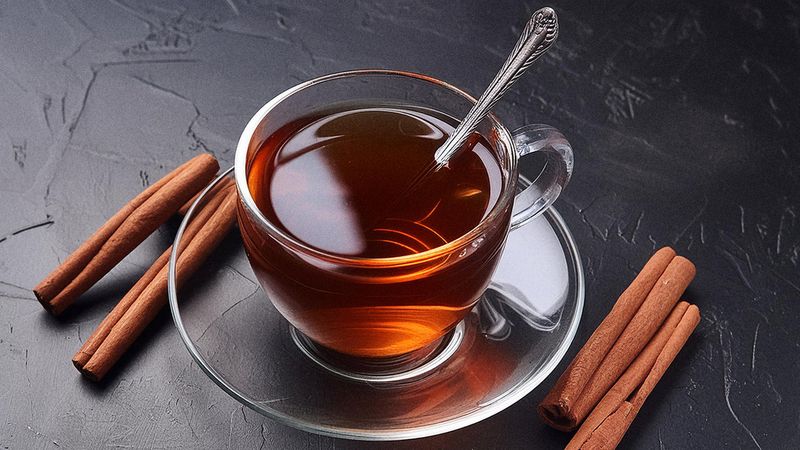
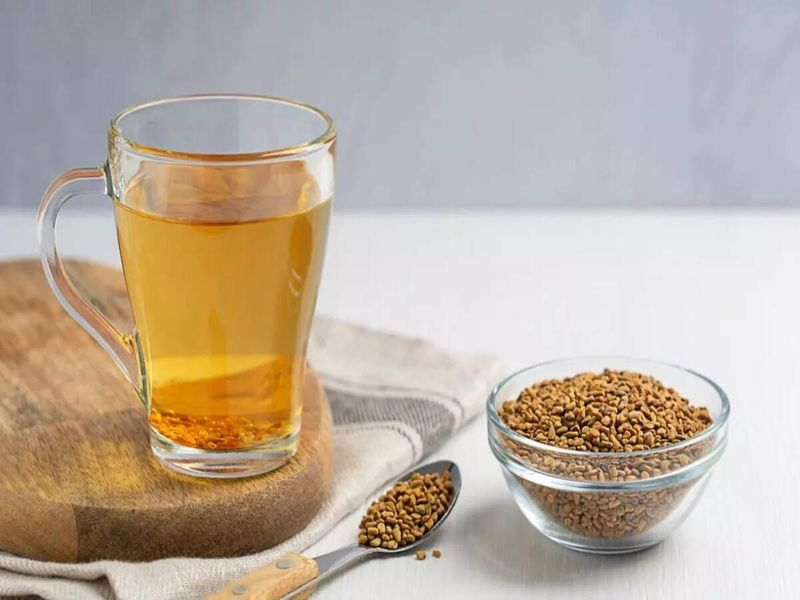
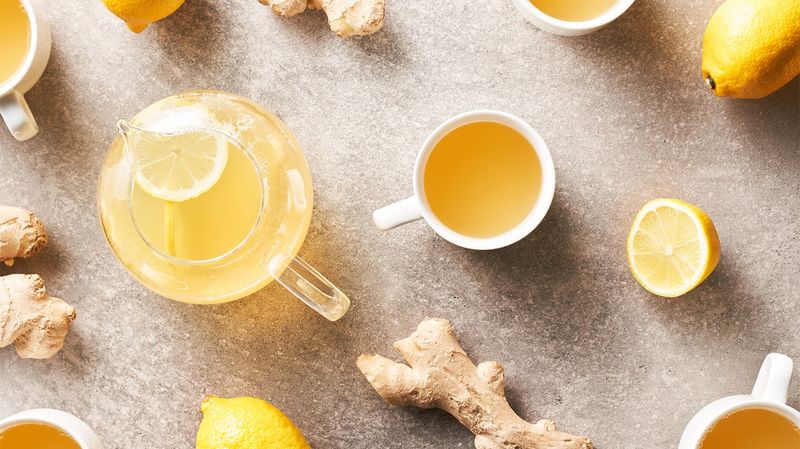
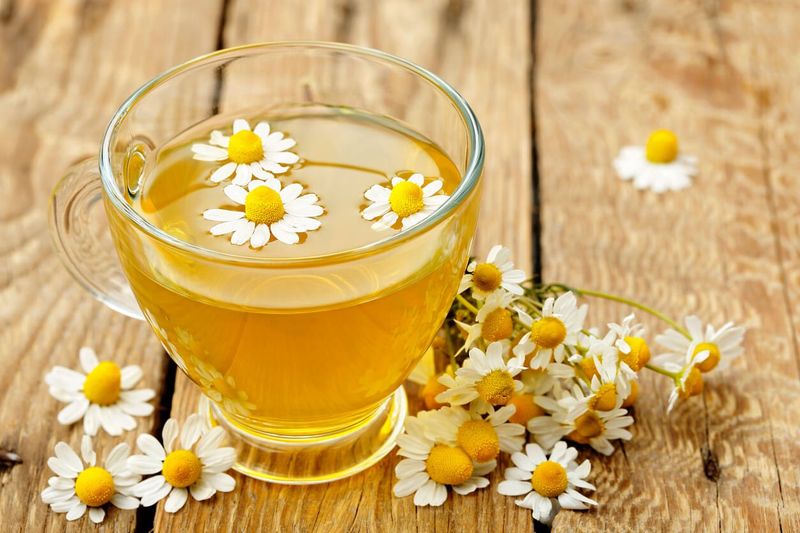
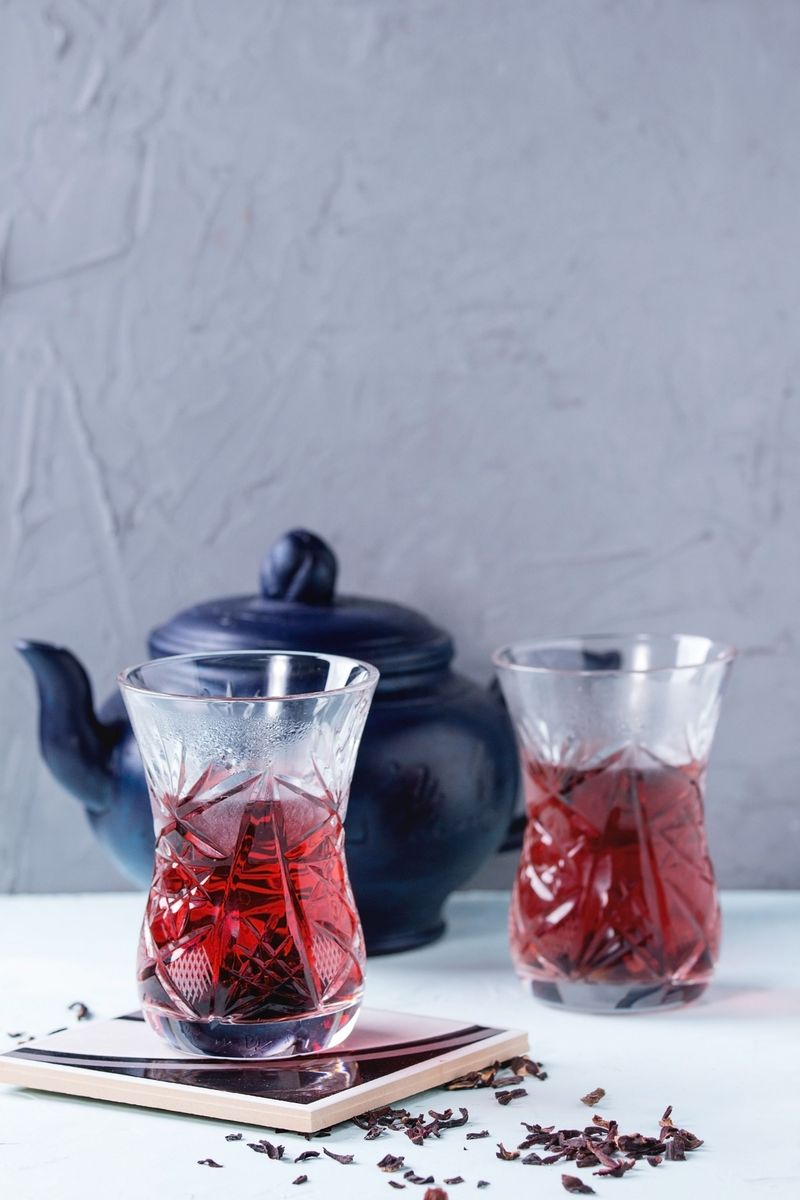
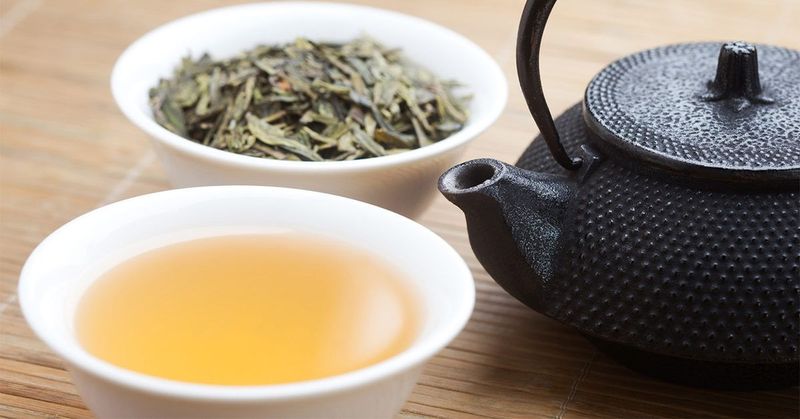
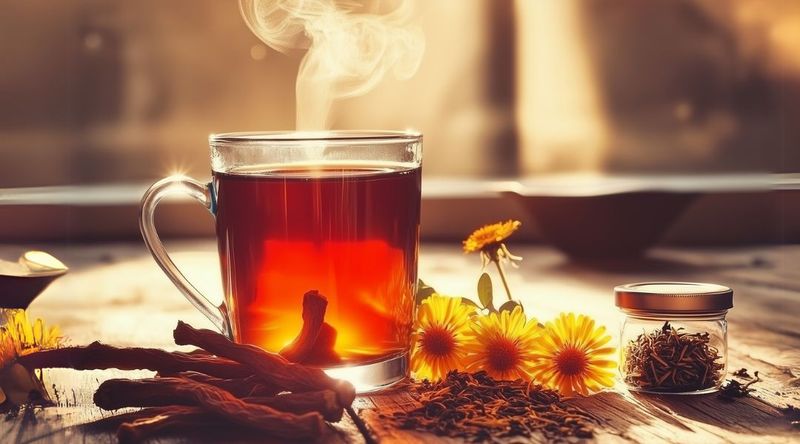
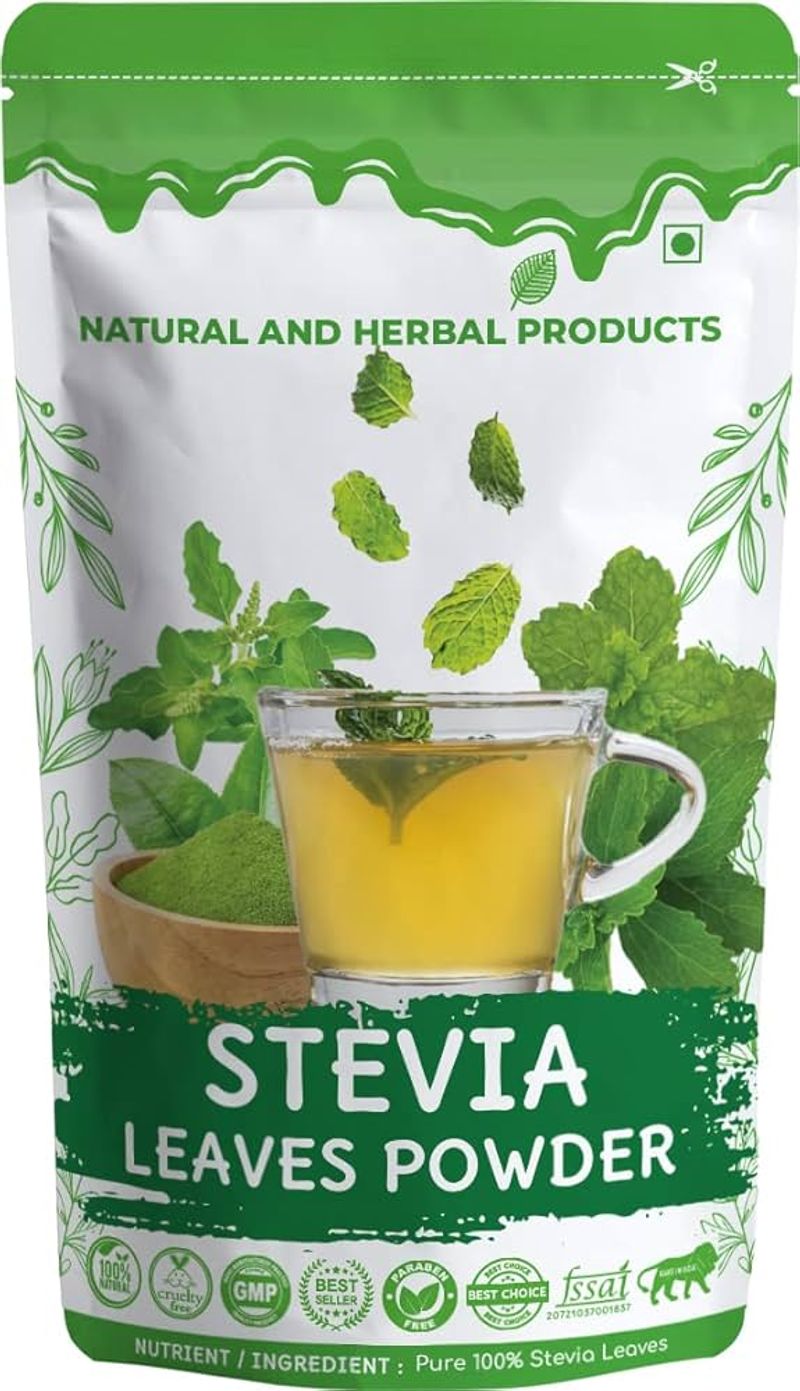
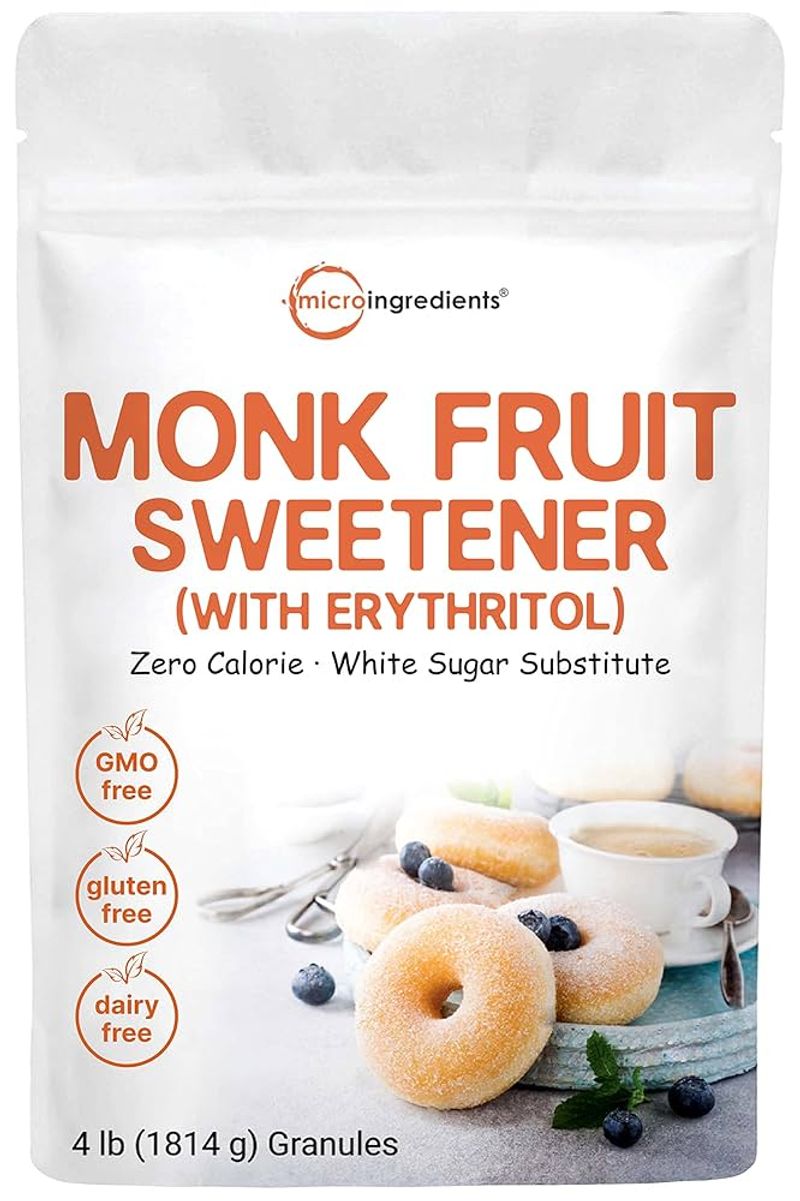
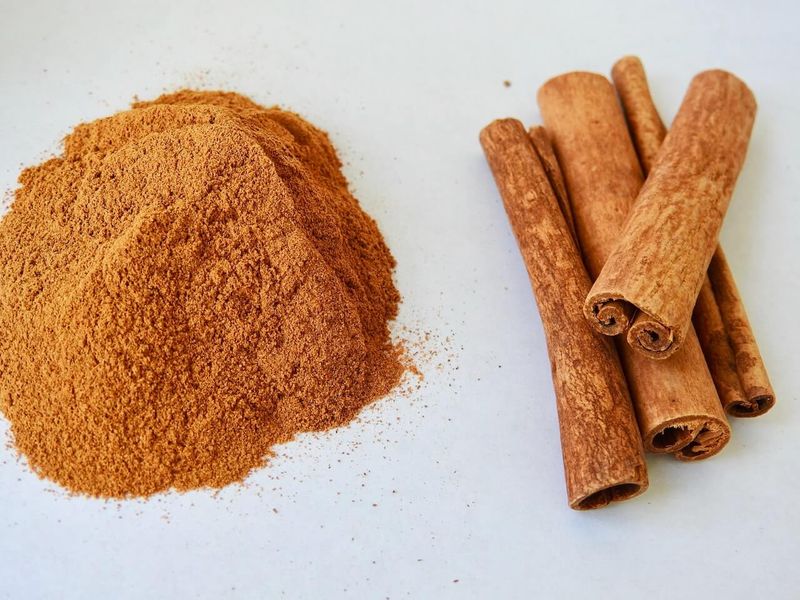
Leave a comment